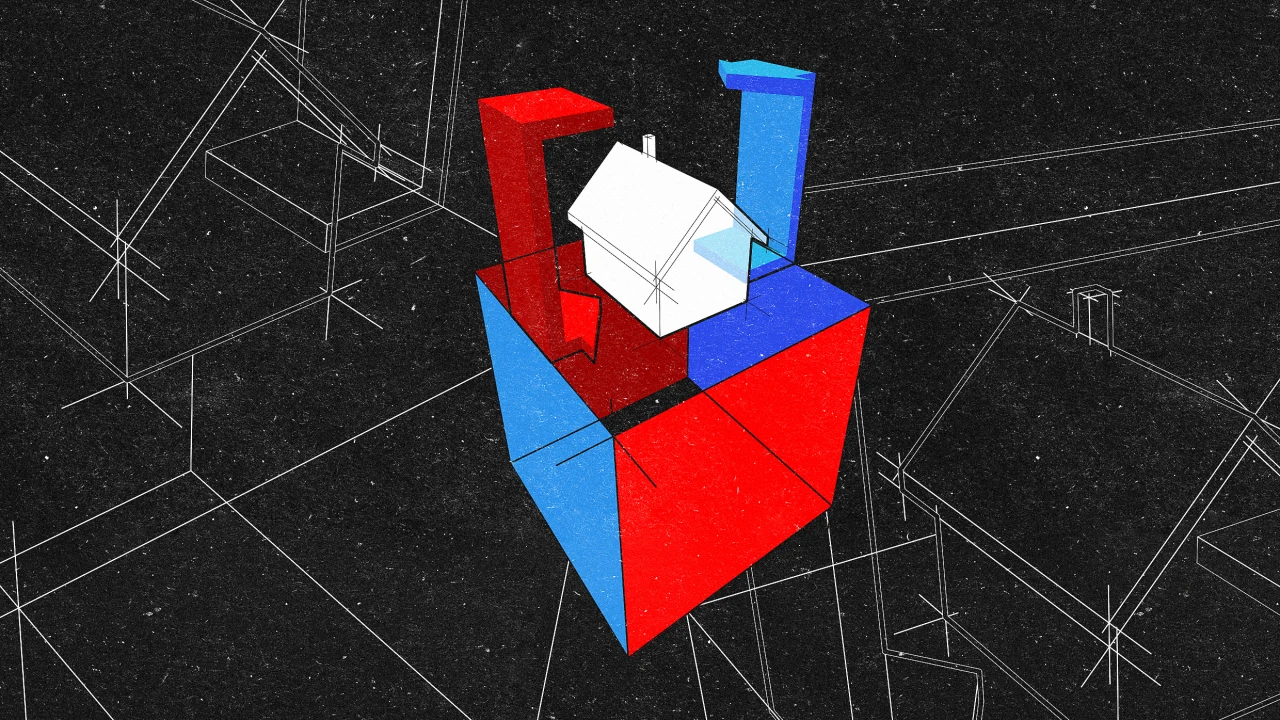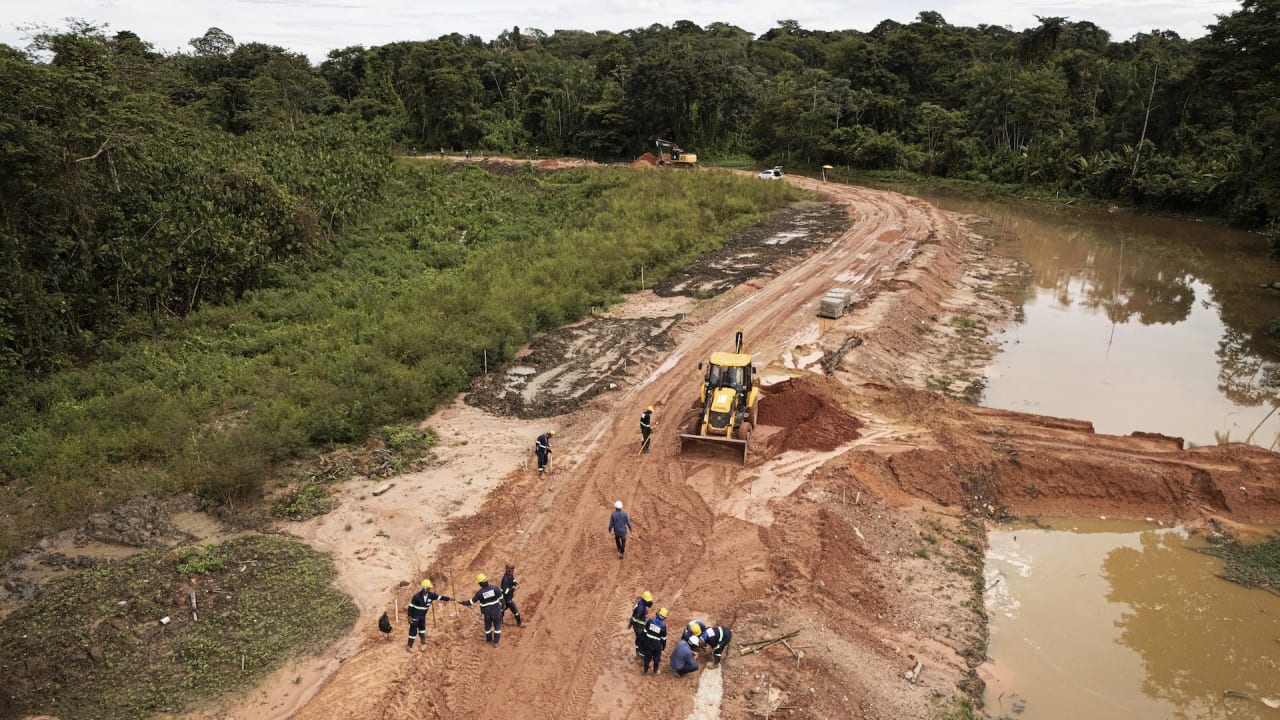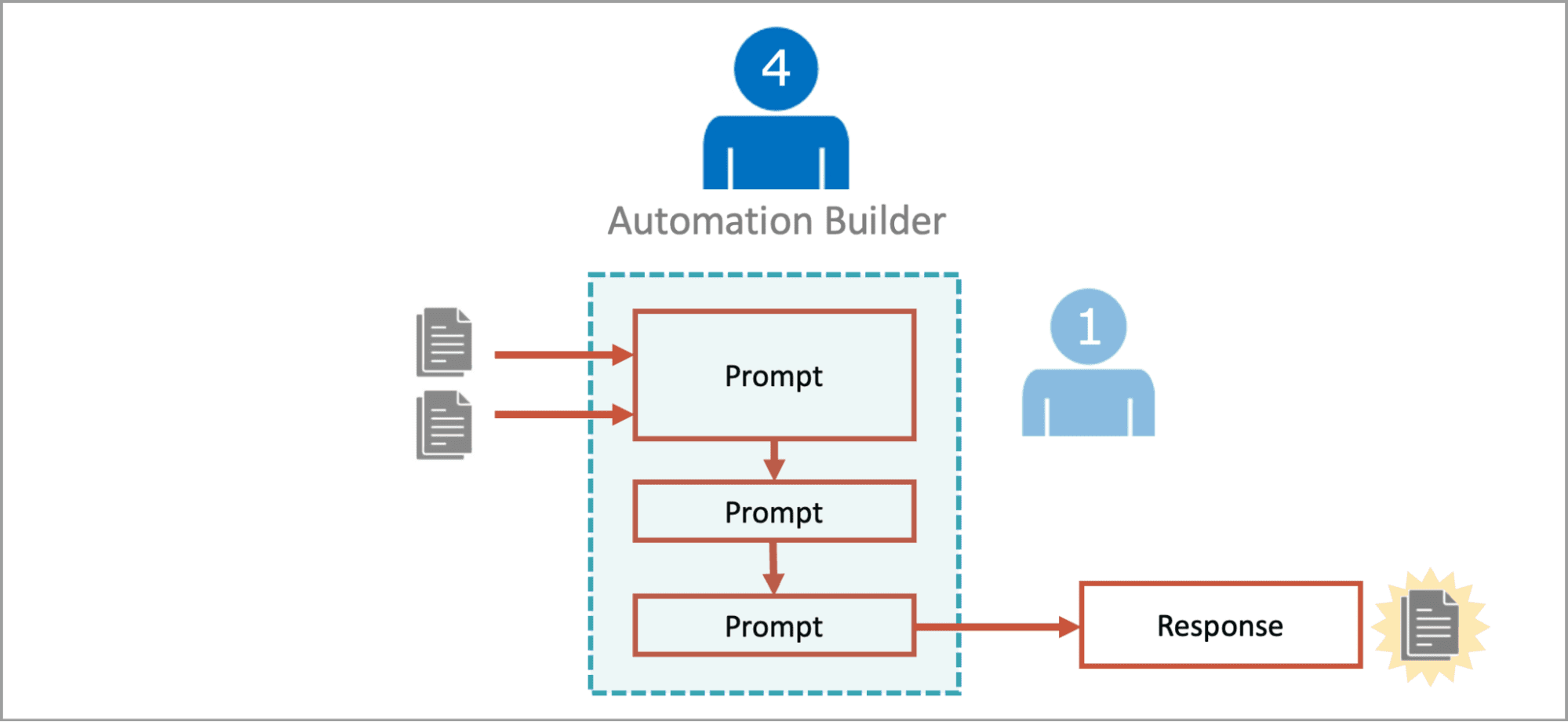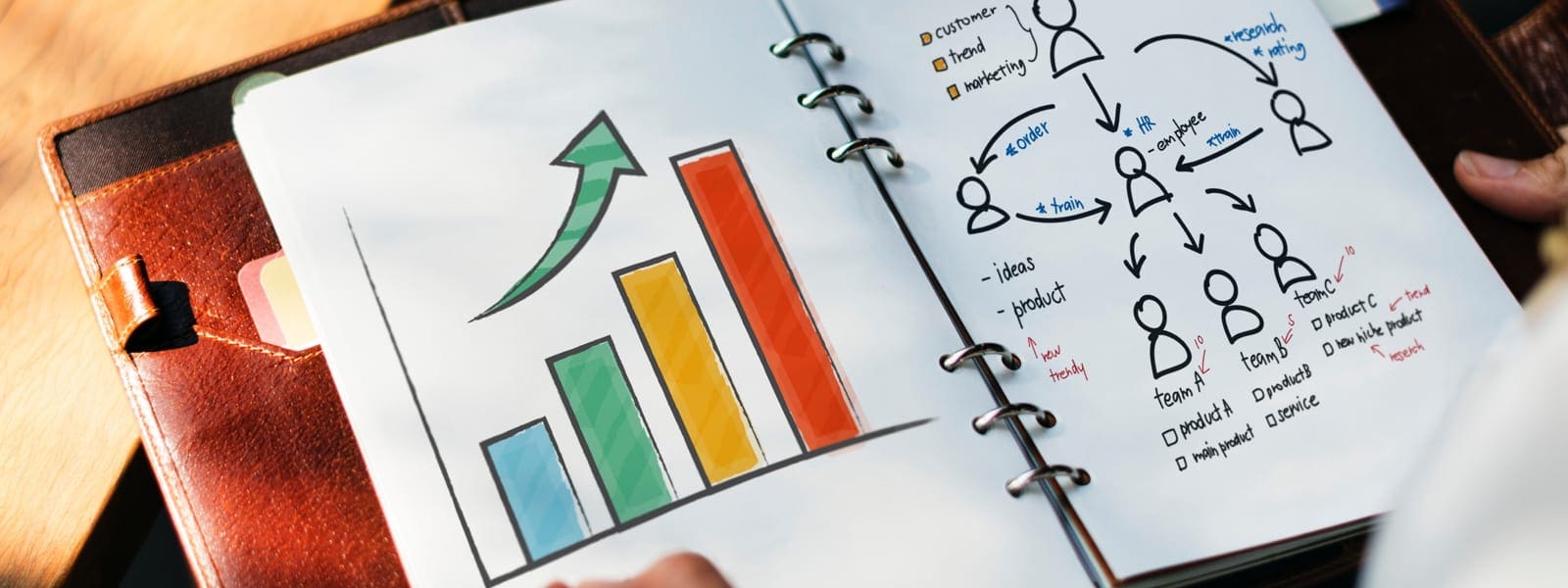This government program made indoor air cleaner and saved Americans money. Now Trump wants to kill it
Even in this new era where hundreds of words are getting erased from U.S. government websites, one wouldn’t imagine a word like “retrofit” to be offensive, especially when retrofitting a building or a home can save lives and protect the pocketbooks and health of millions of Americans. And yet, retrofit programs appear to be on Trump’s chopping block. The Trump administration recently took aim at a housing retrofit program within the Department of Housing and Urban Development, whose funding was appropriated and approved through a bipartisan Congress. This retrofit program helped ensure that vulnerable Americans, many of whom are seniors, wouldn’t be too cold in the winter due to poor insulation, be burdened with unnecessarily high utility bills, be breathing in moldy or unhealthy air from failing heating and air-conditioning units, or be at significant risk the next time extreme weather rolls through. In response to the Trump administration’s attempts to axe this vital service, last month a federal judge ruled that the program’s funding must be unfrozen and resumed. While this was a positive development, it was a preliminary injunction in effect while the court deliberated. The risk to retrofits—and to the health, well-being, and pocketbooks of millions of Americans—remains. That’s why in April, more than a dozen members of Congress sent a letter to HUD Secretary Scott Turner urging continuation of the program. The importance of retrofitting To date, this HUD program—which is called the Green and Resilient Retrofit Program, but could easily be renamed the Keeping Americans Safe and Healthy Program—has funded retrofitting projects for nearly 25,000 housing units across the country. That’s real impact that’s reaching millions of Americans. These are housing units where landlords might be reluctant to do the necessary weatherizing, insulating, and other efficiency upgrades, all of which would improve the health of residents living there, as well as lower their utility bills. By making grants and loans available to owners of affordable housing, they were incentivized to improve a property’s energy or water efficiency, indoor air quality, and resilience to heat waves. And as our country continues to face a housing affordability crisis, any and all public-private partnerships like this that lower the costs associated with housing should be welcomed, not eviscerated. The program had three simple goals: First, reduce energy and water use in multifamily properties that HUD assists. That’s a no-brainer, as efficiency has long been a bipartisan area of congressional consensus. It saves money for anyone paying an energy or water bill (usually renters with lower incomes) and is a much-needed offset, given the increasing unaffordability of monthly rent. Second, help multifamily properties be more resilient to extreme weather events and disasters. That should also be a given, as it’s far more expensive for taxpayers to clean up damaged housing after a disaster than it is to prevent damage in the first place. There has been bipartisan support in Congress over the years for this kind of preparedness to extreme weather. And since extreme weather events are becoming more frequent and ferocious—and more costly as a result—the necessary upgrades to make homes more resilient, such as flood-proofing, make a ton of financial sense. Third, reduce greenhouse gas emissions from multifamily properties. And here the program took a page of out the bipartisan conservationist playbook, as a cleaner and more efficiently built and operated property requires less carbon to construct, heat, and power it. There’s another benefit to these emissions reductions, too: Cleaner and less-polluting homes lead to thousands fewer premature deaths and hospital visits per year for Americans. And it brings with it tens of billions of dollars in new economic benefits that come from healthier and more productive Americans. The financial data is clear and compelling on this. Retrofitting housing, then, couldn’t be more American. It’s good for American businesses who are contracted to do the upgrades, and it’s good for the Americans who are going to live healthier lives, save money on their utility bills, and be more protected, safer, and secure during the next superstorm. Now, lest more retrofitting programs get the axe by the Trump administration, it’s time for the U.S. courts to stand by congressionally appropriated program funding. It’s also time for American communities to stand up for public-private partnerships that are good for American businesses, health, and pocketbooks. It’s time to save the retrofits.

Even in this new era where hundreds of words are getting erased from U.S. government websites, one wouldn’t imagine a word like “retrofit” to be offensive, especially when retrofitting a building or a home can save lives and protect the pocketbooks and health of millions of Americans. And yet, retrofit programs appear to be on Trump’s chopping block.
The Trump administration recently took aim at a housing retrofit program within the Department of Housing and Urban Development, whose funding was appropriated and approved through a bipartisan Congress. This retrofit program helped ensure that vulnerable Americans, many of whom are seniors, wouldn’t be too cold in the winter due to poor insulation, be burdened with unnecessarily high utility bills, be breathing in moldy or unhealthy air from failing heating and air-conditioning units, or be at significant risk the next time extreme weather rolls through.
In response to the Trump administration’s attempts to axe this vital service, last month a federal judge ruled that the program’s funding must be unfrozen and resumed. While this was a positive development, it was a preliminary injunction in effect while the court deliberated. The risk to retrofits—and to the health, well-being, and pocketbooks of millions of Americans—remains. That’s why in April, more than a dozen members of Congress sent a letter to HUD Secretary Scott Turner urging continuation of the program.
The importance of retrofitting
To date, this HUD program—which is called the Green and Resilient Retrofit Program, but could easily be renamed the Keeping Americans Safe and Healthy Program—has funded retrofitting projects for nearly 25,000 housing units across the country. That’s real impact that’s reaching millions of Americans.
These are housing units where landlords might be reluctant to do the necessary weatherizing, insulating, and other efficiency upgrades, all of which would improve the health of residents living there, as well as lower their utility bills. By making grants and loans available to owners of affordable housing, they were incentivized to improve a property’s energy or water efficiency, indoor air quality, and resilience to heat waves. And as our country continues to face a housing affordability crisis, any and all public-private partnerships like this that lower the costs associated with housing should be welcomed, not eviscerated.
The program had three simple goals:
First, reduce energy and water use in multifamily properties that HUD assists. That’s a no-brainer, as efficiency has long been a bipartisan area of congressional consensus. It saves money for anyone paying an energy or water bill (usually renters with lower incomes) and is a much-needed offset, given the increasing unaffordability of monthly rent.
Second, help multifamily properties be more resilient to extreme weather events and disasters. That should also be a given, as it’s far more expensive for taxpayers to clean up damaged housing after a disaster than it is to prevent damage in the first place. There has been bipartisan support in Congress over the years for this kind of preparedness to extreme weather. And since extreme weather events are becoming more frequent and ferocious—and more costly as a result—the necessary upgrades to make homes more resilient, such as flood-proofing, make a ton of financial sense.
Third, reduce greenhouse gas emissions from multifamily properties. And here the program took a page of out the bipartisan conservationist playbook, as a cleaner and more efficiently built and operated property requires less carbon to construct, heat, and power it.
There’s another benefit to these emissions reductions, too: Cleaner and less-polluting homes lead to thousands fewer premature deaths and hospital visits per year for Americans. And it brings with it tens of billions of dollars in new economic benefits that come from healthier and more productive Americans. The financial data is clear and compelling on this.
Retrofitting housing, then, couldn’t be more American. It’s good for American businesses who are contracted to do the upgrades, and it’s good for the Americans who are going to live healthier lives, save money on their utility bills, and be more protected, safer, and secure during the next superstorm.
Now, lest more retrofitting programs get the axe by the Trump administration, it’s time for the U.S. courts to stand by congressionally appropriated program funding. It’s also time for American communities to stand up for public-private partnerships that are good for American businesses, health, and pocketbooks. It’s time to save the retrofits.





























































































































































